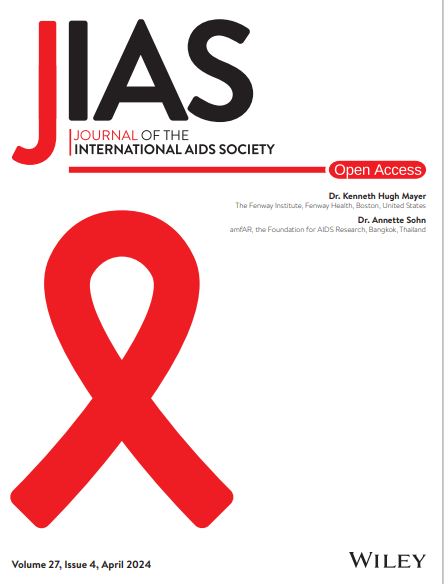Navigating grey areas in HIV and mental health implementation science
Abstract
Introduction
Implementation science (IS) offers methods to systematically achieve the Ending the HIV Epidemic goals in the United States, as well as the global UNAIDS targets. Federal funders such as the National Institutes of Mental Health (NIMH) have invested in implementation research to achieve these goals, including supporting the AIDS Research Centres (ARCs), which focus on high-impact science in HIV and mental health (MH). To facilitate capacity building for the HIV/MH research workforce in IS, “grey areas,” or areas of IS that are confusing, particularly for new investigators, should be addressed in the context of HIV/MH research.
Discussion
A group of IS experts affiliated with NIMH-funded ARCs convened to identify common and challenging grey areas. The group generated a preliminary list of 19 grey areas in HIV/MH-related IS. From the list, the authors developed a survey which was distributed to all ARCs to prioritize grey areas to address in this paper. ARC members across the United States (N = 60) identified priority grey areas requiring clarification. This commentary discusses topics with 40% or more endorsement. The top grey areas that ARC members identified were: (1) Differentiating implementation strategies from interventions; (2) Determining when an intervention has sufficient evidence for adaptation; (3) Integrating recipient perspectives into HIV/MH implementation research; (4) Evaluating whether an implementation strategy is evidence-based; (5) Identifying rigorous approaches for evaluating the impact of implementation strategies in the absence of a control group or randomization; and (6) Addressing innovation in HIV/MH IS grants. The commentary addresses each grey area by drawing from the existing literature (when available), providing expert guidance on addressing each in the context of HIV/MH research, and providing domestic and global HIV and HIV/MH case examples that address these grey areas.
Conclusions
HIV/MH IS is key to achieving domestic and international goals for ending HIV transmission and mitigating its impact. Guidance offered in this paper can help to overcome challenges to rigorous and high-impact HIV/MH implementation research.

 求助内容:
求助内容: 应助结果提醒方式:
应助结果提醒方式:


